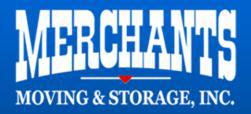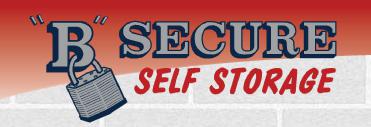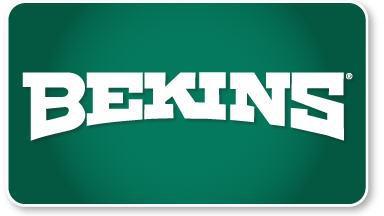Idaho Movers Top Rated
(888) 787-781339 Movers in Idaho
Page 1/3
Fantastic Moving Companies When Relocating to Idaho
Finding discount relocation rates for the best Idaho moving companies is much more simple than you think. When you read local moving company reviews as well as interstate Idaho moving reviews, you're able to make an informed decision. Let Moving Authority help with the rest. This is where you can find the best state to
After you've found your best Idaho movers, be sure to read on for checklists, guides, and moving tips. We can help you find movers in Idaho Falls, movers in Boise, or anywhere in Idaho, you're planning to move.
Why Moving to Idaho is Less Of A Hassle Than You Think
- You can do all the homework you need to make the right decision, from reading reviews to obtaining quotes for FREE in order to decide on a moving company.
- With the help of an awesome team of relocation specialists, you have time-honored expertise in your corner.
- Sometimes, accidents happen. If there is a mishap with your household goods, the moving company will handle replacement or reimbursement of your items, guaranteed.
- Moving Authority is your one-stop-shop for resources related to your move. You can access guides, checklists, and reviews all right here.
5 Mind-Blowing Natural Wonders That Will Change Your View of Idaho
- Upper Mesa Falls
- Hells Canyon National Recreation Area
- Lake Coeur d’Alene
- Shoshone Falls
- Craters of the Moon National Monument and Preserve
Eating in Idaho is More Than Potatoes! 4 Restaurants You Can’t Miss
- Best Sandwich Shack, Coeur d’Alene
- Bluebird, Boise
- Sangria Grille, Moscow
- Fork, Boise
When Movers Break Your Stuff: How to Pick Up the Pieces Effectively
- Sometimes, accidents happen. As careful as your professional movers are, sometimes things break in transit.
- Reputable movers are federally insured when they become licensed as moving companies, so there are channels in place to handle claims when movers accidentally break customers’ items.
- A claim is an official process through which a customer requests compensation for damage to their items, and claims must be handled a certain way by law so that the process is fair to both the customer and the moving company.
- The first thing to do when you notice that items have been damaged is to call the claims department of your moving company. A representative will guide you through the process of making a claim.
- There are several different types of claims because each and every move is unique, but the claims department of your moving company will be able to guide you in the right direction.
- Most moves are covered by a $0.60 per pound insurance, but you can also request full value protection for your items
upfront . When you’re making your claim, it’s best to verify on your contract which type of insurance you had on your move. - The claim is the first step to getting the value of your damaged items reimbursed under your insurance protections, as moving companies are required by law to have these documents in order before issuing any damage compensation.
Movers By City in Idaho
Do you know?

- A moving company, removalist, or van line are all companies that help people as well as other businesses to move their goods from one place to another. With many inclusive services for relocation like packing, loading, moving, unloading, unpacking and arranging of items can all be taken care of for you. Some services may include cleaning the place and have warehousing facilities.
- According to the U.S. Census Bureau, 40 million United States citizens have moved annually over the last decade. Of those people who have moved in the United States, 84.5% of them have moved within their own state, 12.5% have moved to another state, and 2.3% have moved to another country.
- In the United States and Canada, the cost for long-distance moves is generally determined by a few factors. The first is the weight of the items to be moved and the distance it will go. Cost is also based on how quickly the items are to be moved, as well as the time of the year or month which the move occurs. In the United Kingdom and Australia, it's quite different. They base price on the volume of the items as opposed to their weight. Keep in mind some movers may offer flat rate pricing.
- Many people are familiar with this type of moving, using truck rental services, or borrowing similar hardware, is known as DIY moving. Whoever is renting a truck or trailer large enough to carry their household goods may obtain moving equipment if necessary. Equipment may be items such as dollies, furniture pads, and cargo belts to protect furniture and to ease the moving process.
- As most people have experienced, moving does involve having the appropriate materials. Some materials you might find at home or may be more resourceful to save money while others may choose to pay for everything. Either way materials such as boxes, paper, tape, and bubble wrap with which to pack box-able and/or protect fragile household goods. It is also used to consolidate the carrying and stacking on moving day. Self-service moving companies offer another viable option. It involves the person moving buying a space on one or more trailers or shipping containers. These containers are then professionally driven to the new location.
- There many reasons for moving, each one with a unique and specific reason as to why. Relocation services, employee relocation, or workforce mobility can create a range of processes. This process of transferring employees, their families, and/or entire departments of a business to a new location can be difficult. Like some types of employee benefits, these matters are dealt with by human resources specialists within a corporation.














